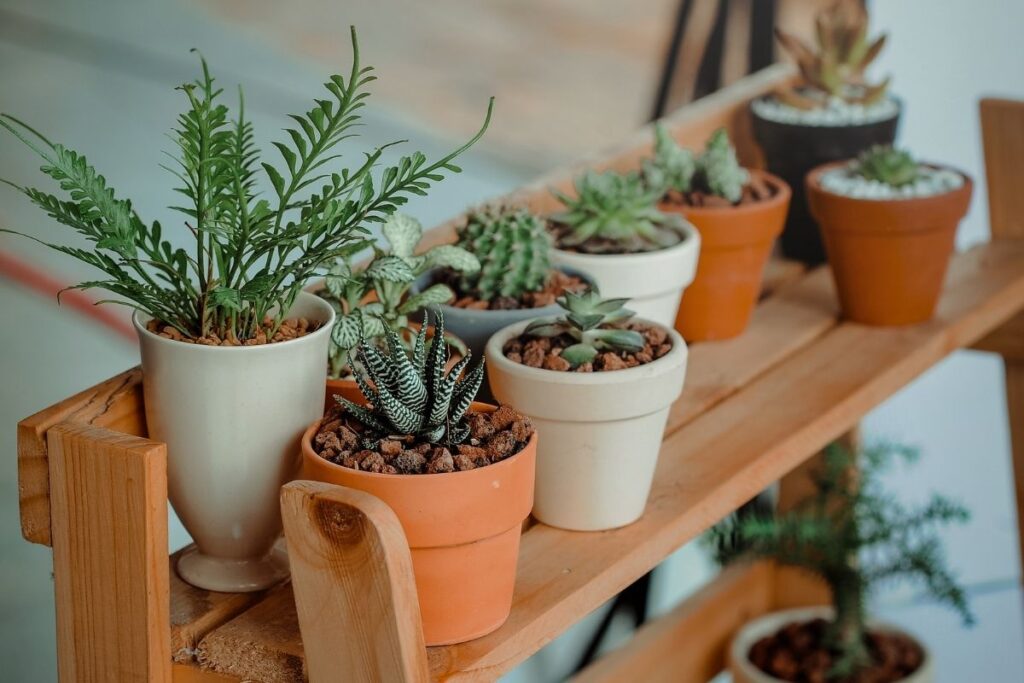Zz plant, or Zamioculcas Zamiifolia, if you want to be fancy, are plants that are originally from Southern Africa. Also known as the Zanzibar Gem, ZZ plants are a good choice for a new home since they don’t grow too big.
They are attractive plants, have beautiful green foliage, and can reach heights of around three or four feet. Unfortunately, however, this plant is toxic to pets and people, so it should never be ingested under any circumstances.
This usually isn’t a problem, however, as most people do not go around eating leaves from their houseplants. What does happen frequently, is the leaves of this plant turning from a stunning green to yellow.

If you want to find out what causes the ZZ plant is changing color and leaves to go yellow, keep reading! Below, we will be going through the possible reasons and how to remedy them.
Since houseplants are such a big part of many people’s lives, keeping them healthy is often at the forefront of our minds.
Reasons Why Your ZZ Plant Has Yellow Leaves
There are a few reasons why your ZZ plant is changing color. Let’s jump into them below. Plant owners take notes!
You may need to refer back to this list in the future if you ever get a wonderful ZZ plant. Plant leaves are the first thing we tend to notice, and we want them to be perfect, right?
Under Watering

The first reason your ZZ plant is changing color is due to under watering. Your ZZ plant needs water at least twice a week. Watering daily only once every two weeks could lead to soil that is bone dry.
These plants do not need a lot of water, so it can be easy to forget that you ever do need to water it. While the ZZ plant usually does pretty well in extended periods without water, when it doesn’t receive water for too long you will begin to notice it changing.
There is likely to be a change in color, and the leaves may drop or shrivel. Excessively dry soil is a good sign that you are under watering your plant.
Thankfully, this is an easy issue to combat. All you need to do is give your plant a little more water, and it will bounce right back!
If you notice that this is the problem you are facing, you simply need to carefully add water to the pot, but don’t overdo it.
Never allow your plant to sit in water, or else you will cause a different issue entirely. Meeting the water requirements of your plant will result in healthy roots and an overall healthy plant.
Related: Yellow, Not Mellow: 5 Reasons Why Your ZZ Plant Is Changing Color
Overwatering

Overwatering is another common difficulty with ZZ plants. Since they don’t need a lot of water in the first place, this is very easy to do.
There’s a good chance that your ZZ plant will have issues with fungal growth on its roots if you’ve been giving it too much water by soaking the soil.
The root zone also has the potential to become nutrient-deficient. Soaking the soil will make it easier for diseases such as powdery mildew to grow, so always ensure that there is no excess water in the pot.
When dealing with these issues, all you really need to do is avoid overwatering altogether. Rather than let the moisture content sit high in the soil, just wait until it starts to dry up before adding some more.
You can check if your plant needs to be watered by checking to see if the soil is dry or not. You can also help reduce the chance of overwatering by ensuring that the plant pot has adequate drainage holes.
Sticking to a good watering schedule could also help the situation, and you will get your green plant back.
Too Much Light

Plants usually love natural light, right? While the ZZ plant does too, it only likes light in small doses. Overall, this plant prefers to be in shaded areas during daylight hours.
Direct sunlight and bright light will damage the chlorophyll concentration in your ZZ plant’s green leaves.
By keeping your ZZ plant in shady corners of rooms, you will prevent the sunlight from damaging it and turning the leaves yellow.
Both direct light and medium light can have a negative impact on this plant, especially if they are left in this excessive light for an extended period of time.
Ensure that they are in a place with indirect lighting so that this popular houseplant gets its natural leaf color back.
Four hours or more of sunlight is seen to be excessive light, and can cause its leaves to yellow, so be careful where you put this plant.
If you are unsure of whether sunlight is the cause, try moving it to a different corner of the room to see if that fixes the leaves. If it does, you have your answer.
Keep track of how many hours per day your plant is in various light sources, and try to only keep it in indirect sunlight and in light conditions with indirect light. Doing this will ensure your plant’s health and happiness.
Imbalance Of Nutrients

Even though this is a pretty rare cause due to the ZZ plant’s tolerance, it can still happen. If you give your plant excessive or insufficient nutrients, its leaves could turn yellow. Monthly doses of water-soluble, balanced fertilizers will be great for your plant.
To avoid nutrient burn, you should never make the fertilizer for than half the recommended strength that is shown on the package.
Like anything, too much of a good thing can be deadly. Soluble fertilizer will help this slow-growing plant absorb it easier.
If you think that you have been giving your ZZ plant too many nutrients, you can keep track of how much fertilizer you use by measuring out each month’s dose.
For example, you might want to measure out one tablespoon of fertilizer per gallon of water. This amount would last about four months with regular feeding.
Of course, if you are using liquid fertilizer, you’ll probably want to follow the manufacturer’s directions instead of relying on measurements for how much to use.
You can also flush the plant pot using water to get rid of the extra nutrients inside it. If this doesn’t seem to help, the best solution would be to repot your ZZ plant with fresh potting mix to start again.
Then, be careful with how much fertilizer you feed your beloved plant. The fresh soil will not have any of the nutrients in it, so you can start again.
If you think your plant has a nutrient deficiency, you may need to fertilize it more frequently. All you need to do is follow the instructions for your plant, and the rest should be golden.
Pests

Finally, pests could cause your ZZ plant’s leaves to be turning yellow. Aphids (green mites), mealy bugs (flat white spots), scales (dark-colored blots) and spider mites (red dots) often take a liking to ZZ plants.
These insects are fairly simple to spot once you know what to look for them. Just take a peek at your ZZ plant throughout the day and watch for any signs of insect activity.
Once you find an infestation, try spraying around the area or applying soap and need oil to the plant.
Frequently Asked Questions
What Is The Real Name Of The ZZ Plant?
Zamioculcas Zamiifolia is the ZZ plant’s name.
Why Is The ZZ Plant Called The Eternity Plant?
The ZZ plant is sometimes referred to as the eternity plant because it may be able to live forever when cared for properly.
What Light Conditions Do ZZ Plants Prefer?
ZZ plants prefer lighting conditions that are low, with little to no direct sunlight.
Final Thoughts
And there you have it! Hopefully this post helped you, and you now have an idea of what may be cause ZZ plant is changing color and leaves to turn yellow.
Yellow leaves are not what anyone wants, and they are a sign of more serious issues that could be afoot. There could be problems below the surface, such as root rot that could kill your indoor plants.
As long as you take proper care of your plant, you will have amazing foliage to admire. Now, do check on your plant and give it all your love!







